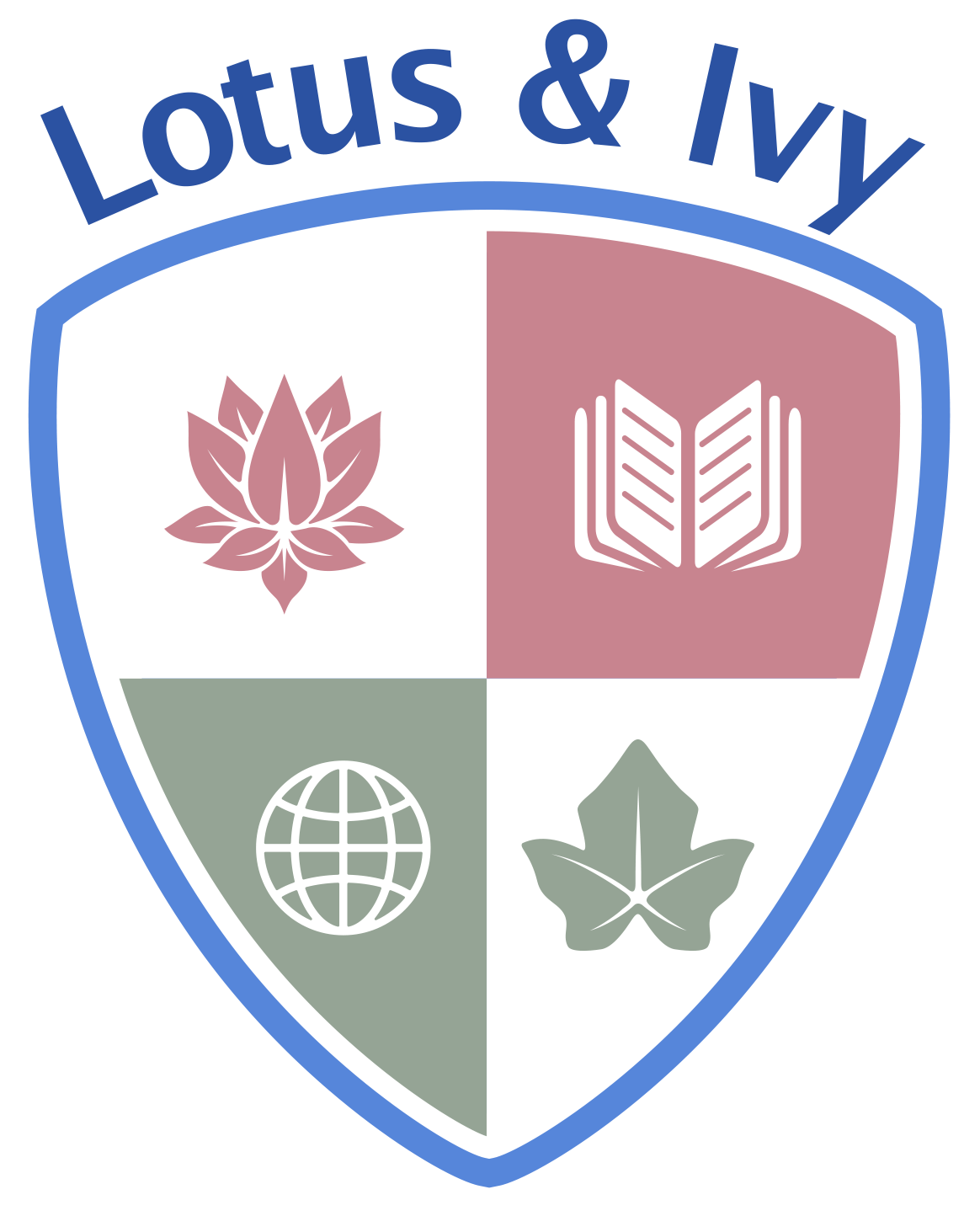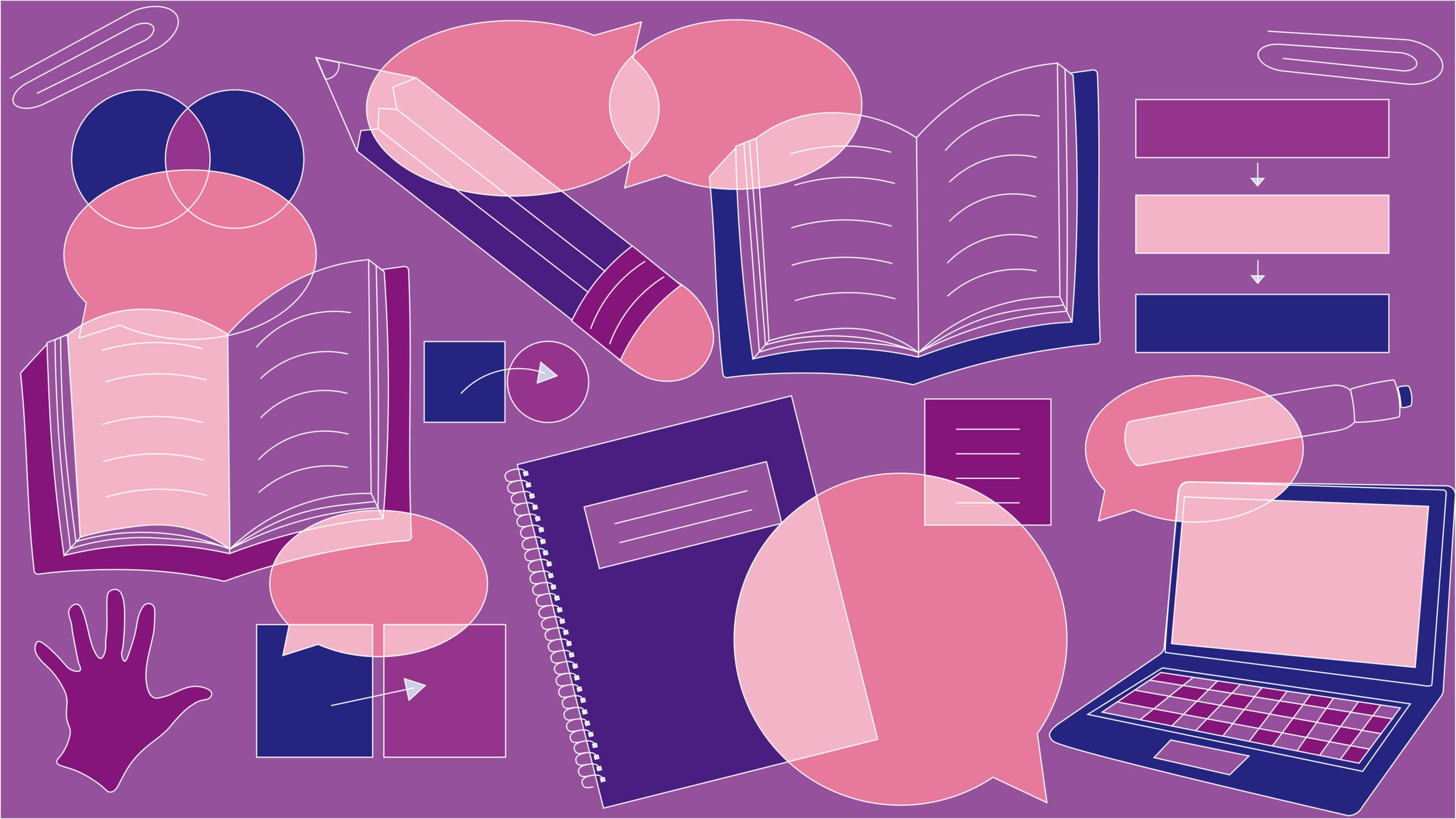LA Progression Classes 1-6
Written by Lotus & Ivy Language Arts Department Head, Sophia Nicholson, with help from all Lotus & Ivy Teachers
By the end of first grade, the children can recognize all the letters of the alphabet, the consonant sounds, and the long and short sounds for the vowels. We introduce three-letter, CVC words, as well as consonant blends and digraphs. We begin to recognize them in our reading adventures. By reading and writing verses we recite each day, we are able to see the relationship between the letters and the sounds they make. The children recall information from stories and create class compositions for our main lesson book work. They are able to transcribe from the teacher's model writing into their own main lesson books with care and attention. Through this practice, they develop confidence in their handwriting, strengthen their spelling skills, and deepen their connection to the written word. We also explore sentence structure, capitalization, and punctuation in a natural and meaningful way. As the year progresses, the children begin to recognize familiar words and phrases, allowing them to read simple texts with growing fluency. Our approach nurtures a love for language, storytelling, and the rhythm of words, laying a strong foundation for literacy in the years to come.
In grade two, the students work on expanding the foundational language arts skills learned in grade one. Using a combination of whole language and phonics instruction, the building blocks for writing, spelling and reading skills are furthered. More complex spelling patterns and phonics rules are explored. Listening and speaking are practiced in speech exercises and learning poetry by heart.
Students work on growing their love and endurance for writing from the stories they have heard, which contrast the instinctive qualities found in animal fables, with the uplifting human attributes found in stories and legends of saints and heroic figures. Inspired by the wonderful qualities of humans around us, the children may express appreciation through writing thank you notes, and writing their "thoughts on paper" through a process of encoding called "Kid Writing". Students learn to use writing conventions such as capitalization, complete thoughts, punctuation, forming letters neatly. Writing summary paragraphs is based on the stories they have heard, poetry and verses they have learned by heart, as well as original topics. Foundations for cursive writing are laid through neat printing and practicing ribbon form drawings. If there is time, cursive writing may be introduced in the spring.
Grade three students strengthen their reading skills. Third grade is a time to review grammar and spelling skills and explore more complex spelling patterns and storylines. In grammar they learn about different types of sentences, complete sentences, punctuation, and parts of speech. They also learn how to edit their work. Some of their writing activities may include recipes, biographies, journal writing, letter writing, poetry, book reports, writing their own essays based on stories and festivals throughout the year and participating in a class play.
In the fourth grade we take all of the hard work of learning to read and write in the previous grades and begin reading and writing to learn. Some of the things we practice in grade 4 include identifying and correctly using the nine parts of speech, expanding sentences with detail, writing summaries from stories they hear in class, and taking notes. The students learn how to write expository paragraphs focused on animal observation and research. They learn about their local geography and write about that. They also focus on creative writing, often in the form of poetry focused on animals in stories from class.
Class 5 asks for an emphasis on creative writing, an introduction to grammar, and some literature exploration. Parts of speech still play a significant role in the grammar curriculum as well as tenses and punctuation, and the first building blocks in understanding the construction of sentences. The emphasis is on usage and the qualities each grammatical form expresses. Some important concepts are active and passive voice and direct and indirect speech.
The literature study provides opportunities for the children to differentiate between their own opinions and the opinions of others. In unison with their main lesson classes, the students have enjoyed poetry from the Bhagavad Gita and the Vedas to the Jabberwocky by Lewis Carroll. In class five, students are focused on recording their own experiences. They write accurate accounts of events that they have seen. Dictionary work and understanding complex vocabulary words take center stage in lessons.
Class 6 students work on the organization and coherence of their writing. They also refine their grammar skills by focusing on specific rules and concepts and then engage in literary analysis. The literature study of Bronze Bow by Elizabeth George Spear introduced opportunities for character analysis and debate. Percy Jackson’s ‘The Lightning Thief’ allows them to broaden their knowledge of myths and legends. They began essay writing by creating narrative essays based on mythology and mythical creatures that inspire each student.
Class 8 will be presenting their projects at 2.30 ET on the following dates in May: Tuesday 6th and 13th May.

